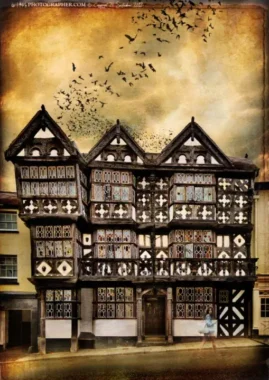tudor buildings
Most ordinary homes in Tudor times were half timbered – they had wooden frames and the spaces between were filled with small sticks and wet clay called wattle and daub. Originally, black and white buildings weren’t black and white, but the natural colour of the oak beams and the colour of the soil in the locality, mixed with lime and ox blood.
Tudor houses are known for their ‘black-and-white’ effect. Merchants would compete for store-front space, so the ground floor area would be limited by the amount of space available. From there, the upper floors would overhang the ground floors, enlarging the square footage on the upper stories. For the wealthier merchants, the exposed wood beams would be elaborately carved or shaped. For the less prosperous, the homes were usually only two stories high and there was little or no carving.
Showing all 30 results
-
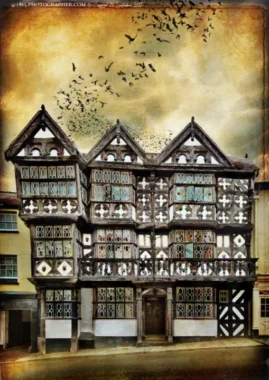
Ludlow The Feathers bats
£8.00 – £20.00 Select options This product has multiple variants. The options may be chosen on the product page -
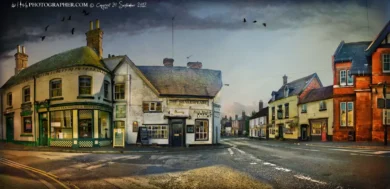
Bridgnorth Shakespeare Pub
£9.00 – £27.00 Select options This product has multiple variants. The options may be chosen on the product page -
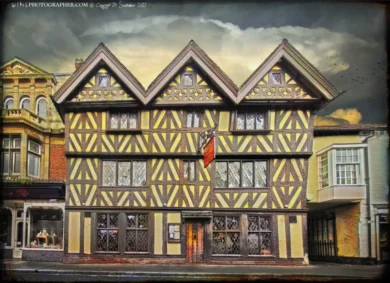
Bridgnorth Kings Head Inn
£8.00 – £20.00 Select options This product has multiple variants. The options may be chosen on the product page -
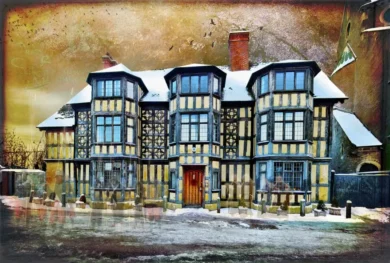
Shrewsbury House by Castle Gates, hanged Irish mercenaries and ghosts
£8.00 – £21.00 Select options This product has multiple variants. The options may be chosen on the product page -
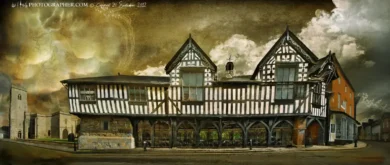
Much Wenlock Town Hall and Market with Nanny Morgan the witch
£8.00 – £30.00 Select options This product has multiple variants. The options may be chosen on the product page -
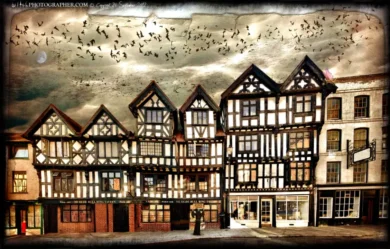
Ludlow The Old Bull and the tale of the lonesome monk
£9.00 – £22.00 Select options This product has multiple variants. The options may be chosen on the product page -
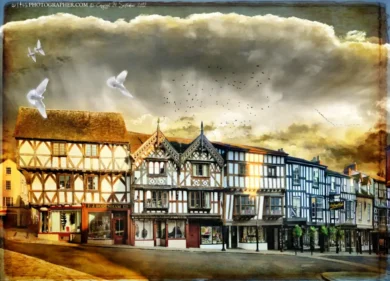
Ludlow Broad Street and DeGrays
£8.00 – £20.00 Select options This product has multiple variants. The options may be chosen on the product page -
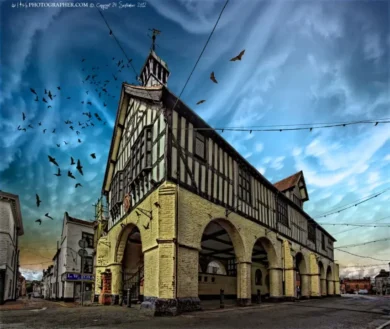
Bridgnorth Town Hall and Market and bats
£8.00 – £18.00 Select options This product has multiple variants. The options may be chosen on the product page -
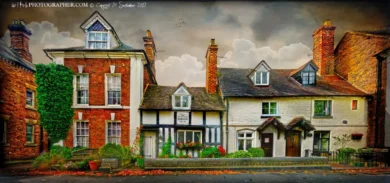
Bridgnorth Richard Baxters house
£8.00 – £28.00 Select options This product has multiple variants. The options may be chosen on the product page -
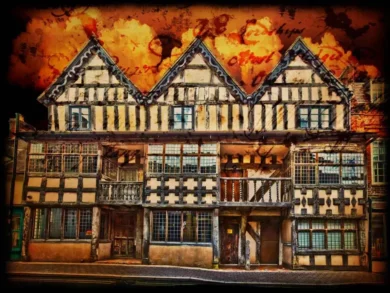
Much Wenlock Raynalds House – red
£8.00 – £19.00 Select options This product has multiple variants. The options may be chosen on the product page -
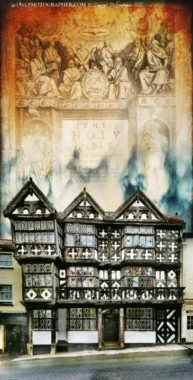
Ludlow The Feathers the ghost preacher
£7.00 – £26.00 Select options This product has multiple variants. The options may be chosen on the product page -
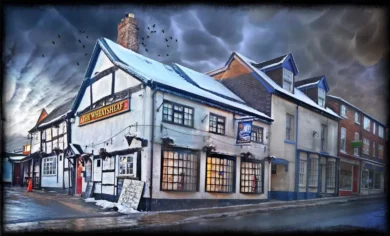
Shrewsbury The Wheatsheaf
£8.00 – £23.00 Select options This product has multiple variants. The options may be chosen on the product page -
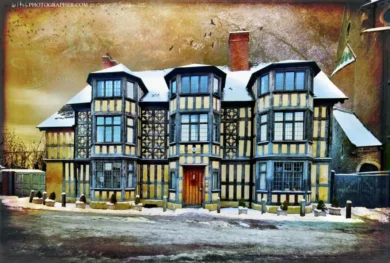
Shrewsbury House by Castle Gates and the hanged Irish mercenaries
£8.00 – £21.00 Select options This product has multiple variants. The options may be chosen on the product page -
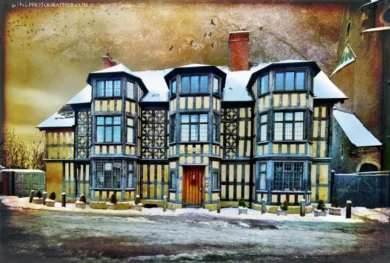
Shrewsbury The House at the Castle Gates
£8.00 – £21.00 Select options This product has multiple variants. The options may be chosen on the product page -
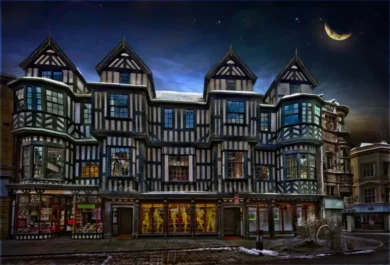
Shrewsbury Irelands Mansion
£8.00 – £21.00 Select options This product has multiple variants. The options may be chosen on the product page -
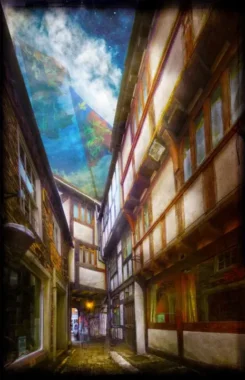
Shrewsbury Barracks Passage and the Tudor ghosts
£8.00 – £22.00 Select options This product has multiple variants. The options may be chosen on the product page -
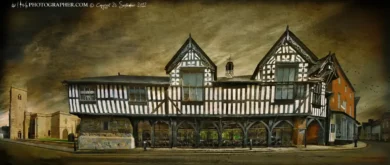
Much Wenlock Town Hall and Market
£8.00 – £30.00 Select options This product has multiple variants. The options may be chosen on the product page -
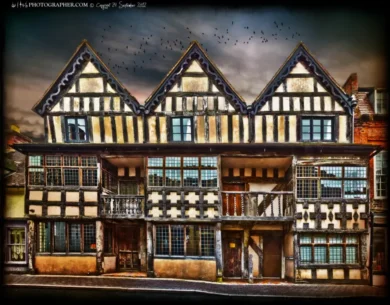
Much Wenlock Raynalds House Victorian children
£8.00 – £19.00 Select options This product has multiple variants. The options may be chosen on the product page -
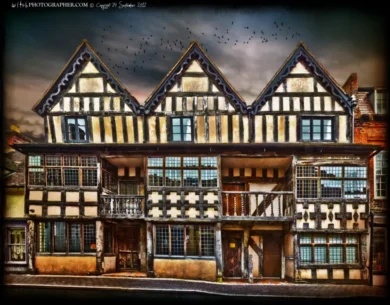
Much Wenlock Raynalds House
£8.00 – £19.00 Select options This product has multiple variants. The options may be chosen on the product page -
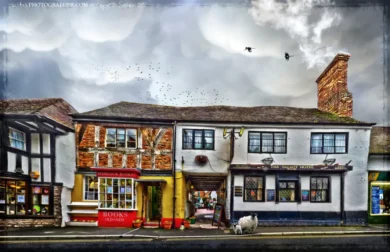
Much Wenlock Book Shop and The Talbot Inn with sheep
£8.00 – £22.00 Select options This product has multiple variants. The options may be chosen on the product page -
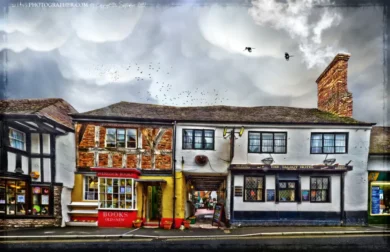
Much Wenlock Book Shop and The Talbot Inn
£8.00 – £22.00 Select options This product has multiple variants. The options may be chosen on the product page -
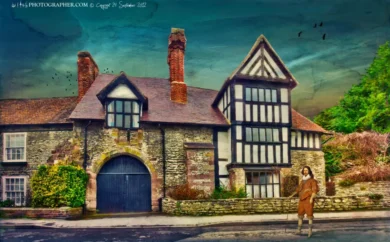
Much Wenlock Ashfield Hall and King Charles I
£8.00 – £23.00 Select options This product has multiple variants. The options may be chosen on the product page -
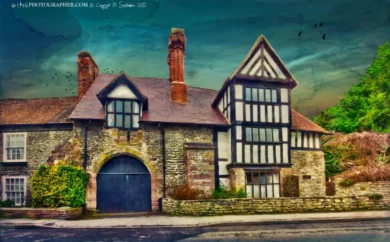
Much Wenlock Ashfield Hall
£8.00 – £23.00 Select options This product has multiple variants. The options may be chosen on the product page -
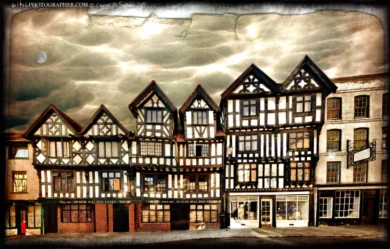
Ludlow The Old Bull
£9.00 – £22.00 Select options This product has multiple variants. The options may be chosen on the product page -
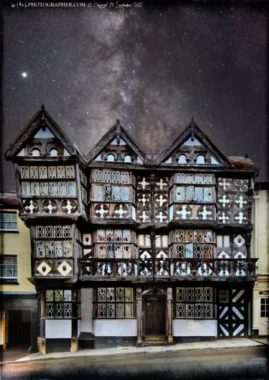
Ludlow The Feathers Milky Way
£8.00 – £20.00 Select options This product has multiple variants. The options may be chosen on the product page -
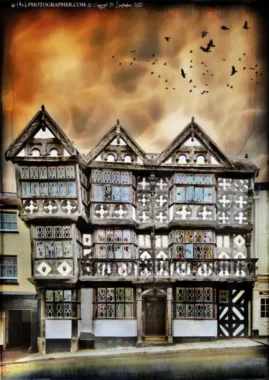
Ludlow The Feathers brown
£8.00 – £20.00 Select options This product has multiple variants. The options may be chosen on the product page -
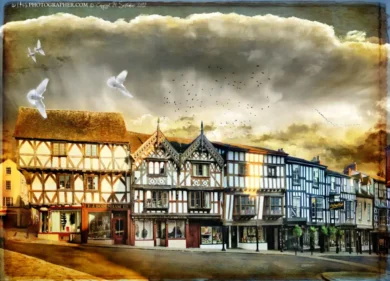
Ludlow Broad Street and DeGrays Valentines ghost
£8.00 – £20.00 Select options This product has multiple variants. The options may be chosen on the product page -
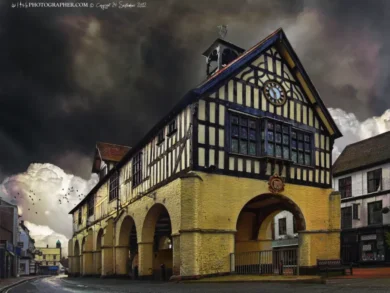
Bridgnorth Town Hall and Market front
£8.00 – £20.00 Select options This product has multiple variants. The options may be chosen on the product page -
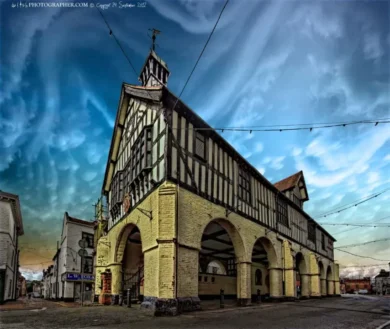
Bridgnorth Town Hall and Market
£8.00 – £18.00 Select options This product has multiple variants. The options may be chosen on the product page
Showing all 30 results

